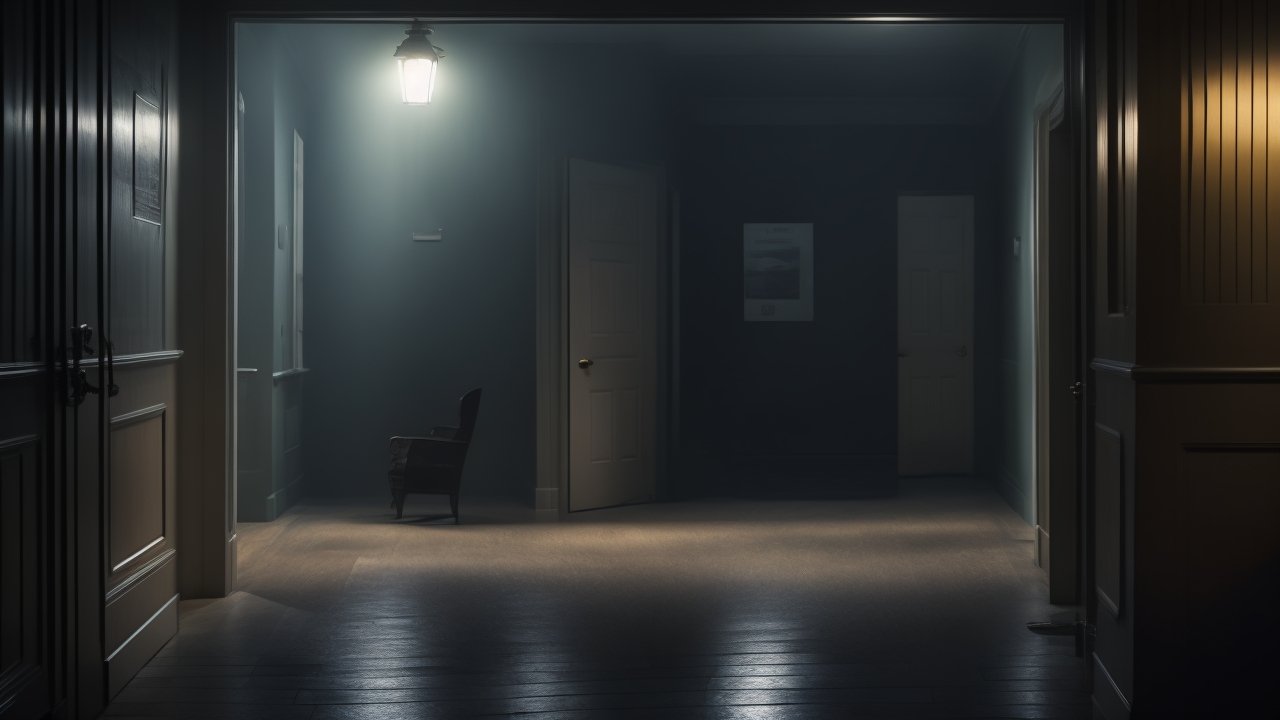Imagine—it’s late at night, your house is silent, and shadows shift in the hallway. As you reach for a light, you sense more than darkness: a brush with something mysterious, something not easily explained. Welcome to the dawn of a new era in supernatural curiosity, where the search for meaning in the unknown is booming as never before.
Supernatural Experiences Move Mainstream
In 2025, belief in the supernatural has surged from private whispers and hushed campfire tales into a vibrant social phenomenon. According to a May 2025 Gallup poll, about 39% of American adults say they believe in ghosts, an increase especially pronounced among younger generations. This mirrors a broader decline in traditional religious practice—regular church attendance is now down to 45%, from 60% in the early 2010s—reflecting a cultural shift where spiritual curiosity and exploration of the paranormal are stepping in to fill the void, as reported by Gallup and highlighted by analysts at the Barna Group.
The supernatural today is not fringe—it’s mainstream. Psychic healing claims almost half the nation’s believers, topping even ghosts and reincarnation as sources of fascination. A 2025 Gallup survey found 48% of U.S. adults believe in psychic or spiritual healing, and around one in three Americans are generally open to multiple paranormal ideas, with a core segment believing in at least five distinct supernatural phenomena. The Barna Group’s recent studies confirm this growing appetite for the mysterious, identifying America as a country where spiritual curiosity and the quest for meaning are thriving among communities once considered skeptical.
The Tech-Driven Ghost Renaissance
What’s fueling this renaissance of the paranormal? Technology, for one. Once, ghost stories were shared in torch-lit circles; now, they trend across social media and spawn flourishing online communities. Abandoned hospitals and shadowy prisons double as both historic havens and digital stage sets for the curious. Real-time ‘evidence’—from infrared photos to unexplained audio—spreads quickly, blurring the line between research and experience.
But there’s another trend at play: ghost tourism is booming. No longer limited to Halloween, the supernatural has become a year-round industry, drawing adventurous travelers to haunted hotels, sleepovers in infamously eerie towns, and immersive tours that promise both historical lecture and spectral encounter. According to the National Retail Federation, Americans are projected to spend a record $10.6 billion for Halloween alone in 2025, underscoring a passion for supernatural mystery that straddles both economic and emotional terrains.
The Search for Meaning and Belonging
Behind this ballooning interest is something deeply human—a desire to impose meaning on a chaotic, often random world. As Eddy White, a humanities professor at the University of Arizona, points out, encounters with the paranormal offer structure and comfort, especially as faith in institutional religion wavers. Whether through psychics, seances, astrology charts, or haunted hikes, individuals explore ways to understand mortality, fate, and connection with the unseen.
This isn’t about rebellion or escape—it’s about exploration. Barna’s research shows that the most curious members of the community aren’t rejecting spiritual tradition; instead, they’re creating personal tapestries of experiences, blending yoga, journaling, meditation, and traditional rituals in their pursuit of the mysterious beyond.
Who Believes in the Paranormal?
Contrary to stereotypes, belief in the supernatural transcends age, education, and politics, though it finds greater openness among women, political moderates, and those who seldom attend religious services. While believers form a vibrant minority, skeptics remain—but what unites both camps is a shared fascination with what might lie beyond reality’s edges.
Gen Z and Millennials are especially receptive, their lives saturated in media narratives that treat the paranormal as both entertainment and earnest investigation. On TikTok, Instagram, and YouTube, claims of ghostly encounters, unexplained phenomena, and psychic revelations gather likes, comments, and a sense of belonging for seekers who might once have been isolated. The result? A community built on shared mystery, one that validates unusual experiences and embraces both belief and doubt as part of the journey.
Engaging With the Mystery: Practical Tips
- Keep a Paranormal Journal: Document your experiences with detail—times, feelings, weather, and impressions. These records can help identify patterns and provide insight when shared within the community.
- Research Before You Explore: Learn the history of haunted sites or supernatural legends before investigating. Context deepens understanding and gets you closer to the origins of the mystery.
- Find or Build a Community: Whether online or locally, sharing stories and research with others enhances both safety and meaning. Join forums, workshops, or guided tours to turn solitary curiosity into collective exploration.
The Future: Curiosity Unleashed
As belief in the supernatural becomes increasingly woven into the American experience, the question is not if the trend will last, but how it will grow. Each ghost tour, psychic reading, or late-night story around the kitchen table is part of a tapestry stretching back generations, now amplified by technology and emboldened by shifting cultural norms.
The supernatural—and all its attendant mystery—thrives because it speaks to our universal search for connection, wonder, and explanation. In the end, whether you’re a die-hard believer, thoughtful researcher, or skeptical dabbler, the real magic lies in the conversations and community we build as we try to understand what, if anything, lies beyond the seen. If you’ve ever wondered, doubted, or hoped for something more, you’re in excellent company. The invitation to explore—and to share your own story—remains open.
